Super silviculture at Knapdale Eco Lodge
Allan Levett, New Zealand Tree Grower August 2009.
The straight roads out of Gisborne finally led to broad curves as we entered Knapdale Eco Lodge grounds. There was a tethered goat on one side and a herd of watchful deer under brooding puriri on the other. Around the last corner and over a little rise suddenly we were in a small wide valley, a broad amphitheatre, with a smart two-storied north-facing house and other tidy buildings in the foreground, and a number of neat paddocks containing a horse and shaggy Highland cattle with a lake beyond. The whole was surrounded by steep slopes bearing an array of well-pruned trees, colourful exotics in autumn hues along the western lower edges and tall dark trees above.
It was Holland with hills and an outdoor barbecue. We were warmly welcomed by Kay and Kees Weytmans the proud enhancers of this unique attractive vista. This article covers the trail we took among the planted trees. For a description of the history and wider purposes of the venture you can go to the Knapdale Eco Lodge website.
Although Kees and Kay took over the farm of Kay’s parents only recently in 2000, tree-planting on the east-facing slopes had begun earlier. Kees had had forestry training in the Netherlands and subsequent practical experience in Nepal where he and Kay, a New Zealand nurse, first met.
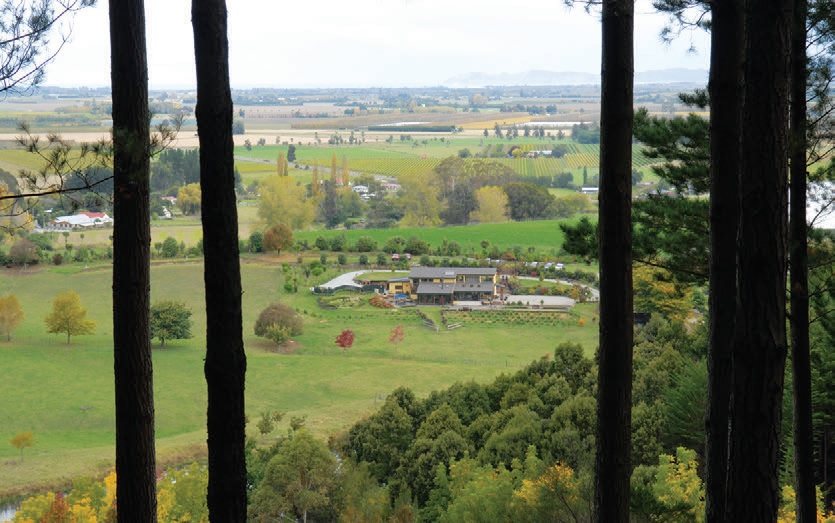
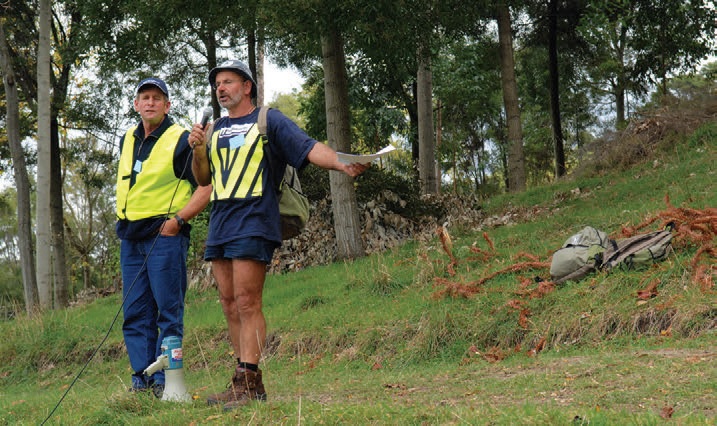
Blackwoods
Our first stop was at Kees’ beloved blackwoods. These had been planted in 1997 two metres apart with with six metres between rows − about 300 stems per hectare and inter-planted with a nurse crop of Eucalyptus saligna. The coppicing stems of these eucalypts had been cut three times and put to good use by the parsimonious Dutchman, before finally being taken out altogether.
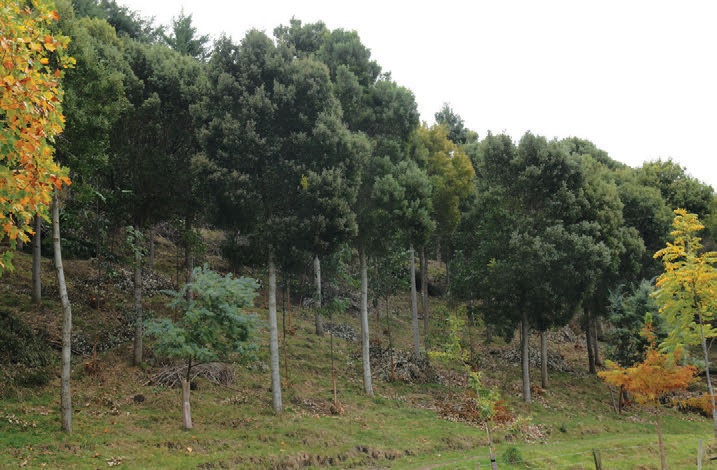
At the time of our visit, there were about 200 beautifully pruned stems, on average taken to about 5.4 metres, but including some to seven and eight metres. The median diameter at breast height is 25 cm. The block had been thinned to 275 stems per hectare.
Kees carefully explained the silvicultural work that was required after the pruned height was reached. Remedial crown work is necessary to reduce the risk of branches breaking off. This consists of taking out big branches and branches in steep forks. Even in this immaculate woodlot we saw dramatic examples of trees where heavy branches had split off and some where branches were in need of attention. Kees inspects these trees twice a year and explained how much pleasure he got just from looking at these long, pruned stems.
Kees introduced Riki who had done all the meticulous pruning at Knapdale. Riki explained how he used the branches to carry out the high pruning beyond the reach of the 4.5 metre ladder, standing on the first to cut the higher branches and finally removing the branches he had used to stand on.
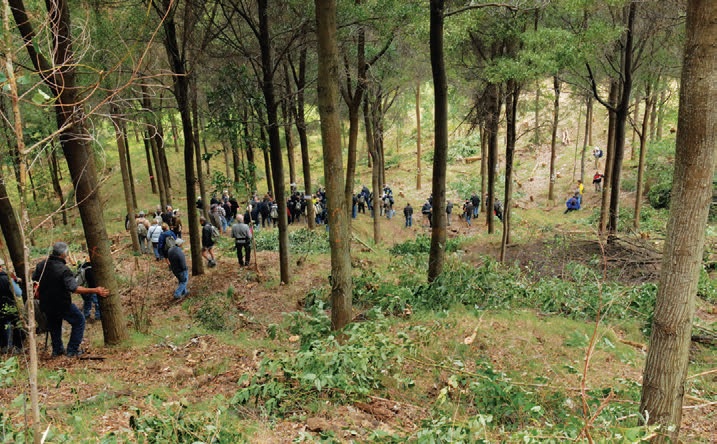
Walnuts and cypress
The second stop was at the northern end of the blackwoods to view a small copse of elegant black walnuts. The track turned left and we began to walk up the hill. At this point we saw a remarkable example of site variation on these trees. They had been planted in 1992 of the same provenance at the same time by the same planter, yet the trees varied in height and girth as we went up the track to the point where at the top end, the best trees were more than double the stem size of the slower growing trees at the bottom of the line.
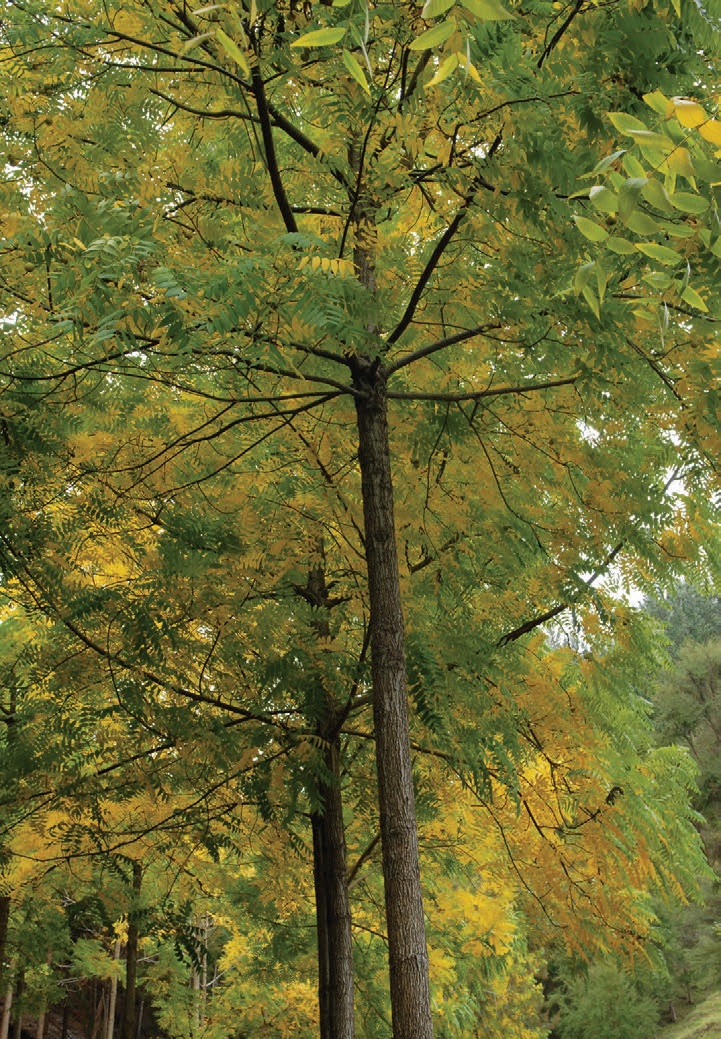
The silviculture was again striking. All had been pruned to six metres but some had pruning beyond that to gain a further one to two metres of pruned clear wood and a larger volume of useful high value timber.
Walking on up the track we saw further examples of high pruning, this time of Cupressus lusitanica, also planted in 1992, which had been taken to between eight and nine metres. Kees explained that he always removed big branches that were likely to be wasted, at the same time gaining a greater volume of clear timber.
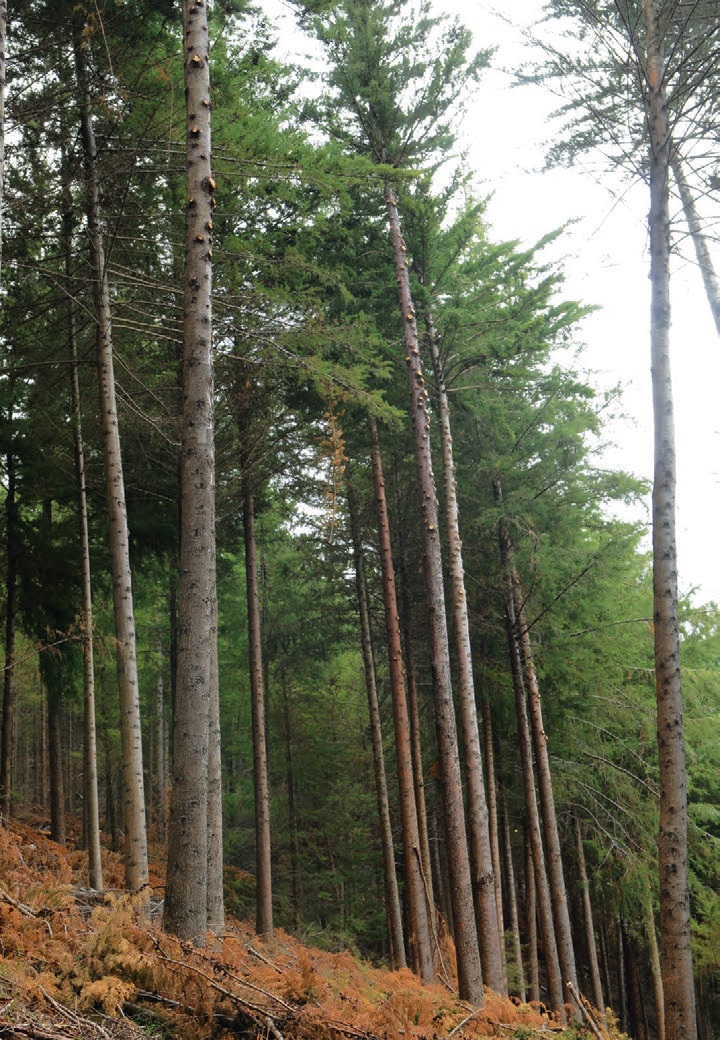
Whaitiripapa pa
After walking alongside a copse of pine trees on the left side of the track we approached a clearing at the top of the hill. Ann Maguire of Tipuna Tours was introduced and explained that this was the site of the ancient Whaitiripapa pa. It was once one of several fortified positions built in the 15th century to protect the Tirotirowhetu village of the Te Aitanga a Mahaki iwi. Kees had made sure that this pa site would be retained and not lost under a mound of trees.
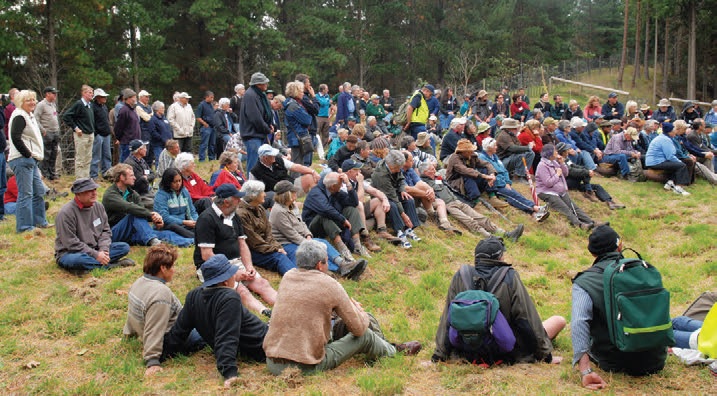
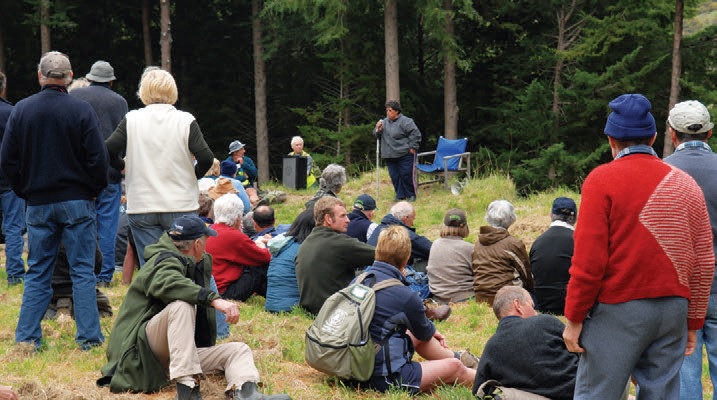
Ann’s work and advice has been used extensively by P.F. Olsen to help them minimise and eliminate any detrimental logging effects near wahi tapu sites on the East Coast. The trenches and earthworks, now grassed, are clearly visible and now fenced.
The track then wound down the hill quite steeply. On the upper side there were some high pruned Japanese cedar, Cryptomeria japonica, that had been planted in 1992. On the crest of the hill we could see a stand of oaks also well pruned. Further down were some slightly older blackwoods planted in 1991 with a diameter of 30 cm and pruned to 5.6 metres. While some field day participants went to the Kay and Kees’ house to look at the use of different timbers in and around the house, the more diehard tree enthusiasts stayed at the 1991 blackwoods where a lively discussion on silviculture ensued.
Major support
On the flat ground again we moved south toward the buses. We walked through a glade of various exotic deciduous trees, acers, oaks and swamp cypress, which added texture, variety and colour to the landscape.
Kees was grateful for two major supports in realising his vision of the forest he had created. There was the initial partnership with Kay’s parents which, amongst other things, provided important local knowledge about the soils and climate. In addition was the peer support, encouragement and stimulation which came from members of the local farm forestry branch at field days, prompting Kees to keep his tree work up to date and on time.
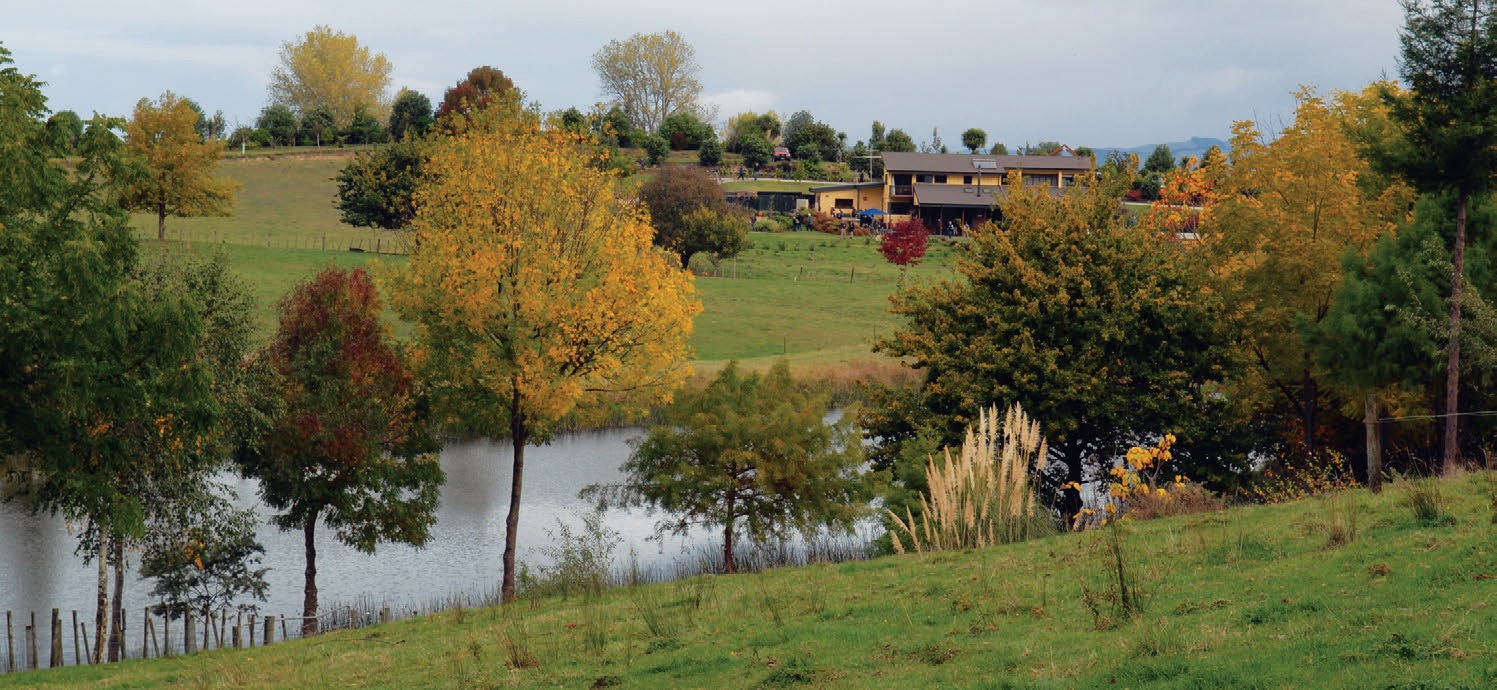

 Farm Forestry New Zealand
Farm Forestry New Zealand